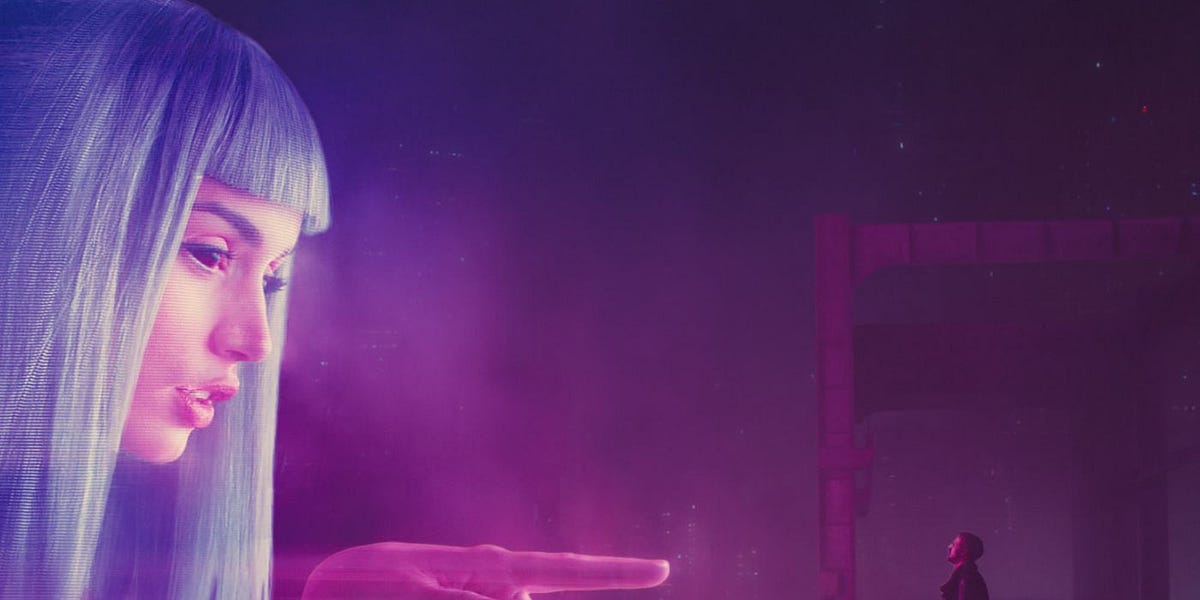AI's Communication Revolution: We're All Talking to Computers Now

🌈 Abstract
The article discusses the intersection of technology and human communication, particularly in the context of the recent advancements in AI, such as OpenAI's GPT-4o. It explores how AI-powered communication is poised to revolutionize how we interact with machines, drawing parallels to the movie "Her" and the potential social and cultural implications of this shift.
🙋 Q&A
[01] Weekly writing about technology and people
1. What are the two main roles the author has?
- By day, the author is building Daybreak to partner with early-stage founders.
- By night, the author is writing Digital Native about market trends and startup opportunities.
2. What is the purpose of the article? The article explores how technology, particularly AI, is changing the way people communicate and interact, and the potential implications of this shift.
[02] The rise of AI-powered communication
1. What are the key capabilities of GPT-4o demonstrated in the article?
- GPT-4o can reason across audio, vision, and text in real-time.
- It can translate between English and Spanish, and identify objects like apples and bananas.
2. How does the author compare GPT-4o to the movie "Her"? The author sees GPT-4o as a step towards the kind of AI-human interaction depicted in the movie "Her," where a man falls in love with an AI assistant.
3. What are the different types of AI-powered communication the author identifies?
- Agents: AIs that carry out work, like a new employee handling grunt work.
- Copilots: AIs that augment our work, suggesting new sentences or lines of code.
- Chatbots: AIs that provide someone to talk to, fulfilling our human need for connection.
[03] The evolution of human communication
1. How has the composition of human communication changed over time? The author imagines a chart showing the shift from in-person communication to virtual communication, and now the rise of communication with AI.
2. What are the five core forms of communication the author identifies?
- IRL (in-person)
- Bilateral (one-to-one)
- Parasocial (one-to-many)
- Many-to-Many
- AI-Centric
3. What are some examples of innovation happening in each of these communication forms?
- IRL: Companies like Eventbrite, Partiful, Luma, and Bounce enabling offline interactions.
- Bilateral: WhatsApp as a dominant messaging app.
- Parasocial: Companies like Anycolor, Flagship, and Stan enabling creator monetization.
- Many-to-Many: Enterprise tools like Figma, Notion, and Common Room.
[04] The future of AI-powered communication
1. What are some examples of AI-powered communication platforms mentioned in the article?
- Character, a platform with 3.5M users spending an average of 2 hours per day.
- Enterprise companies like Sierra and Glue (David Sacks's new startup) bringing AI communication to the business realm.
2. What are the potential social and cultural implications of AI-powered communication? The author speculates that we may become more impatient and interrupt each other more, as we get used to speaking with AIs. There are also concerns about the impact on mental health, as virtual interactions may replace in-person interactions.
3. What types of innovation does the author expect to see in the AI-powered communication space? The author expects to see more innovation in software and marketplaces, such as companies that allow users to design and build their own AI agents or discover and interact with agents built by others.